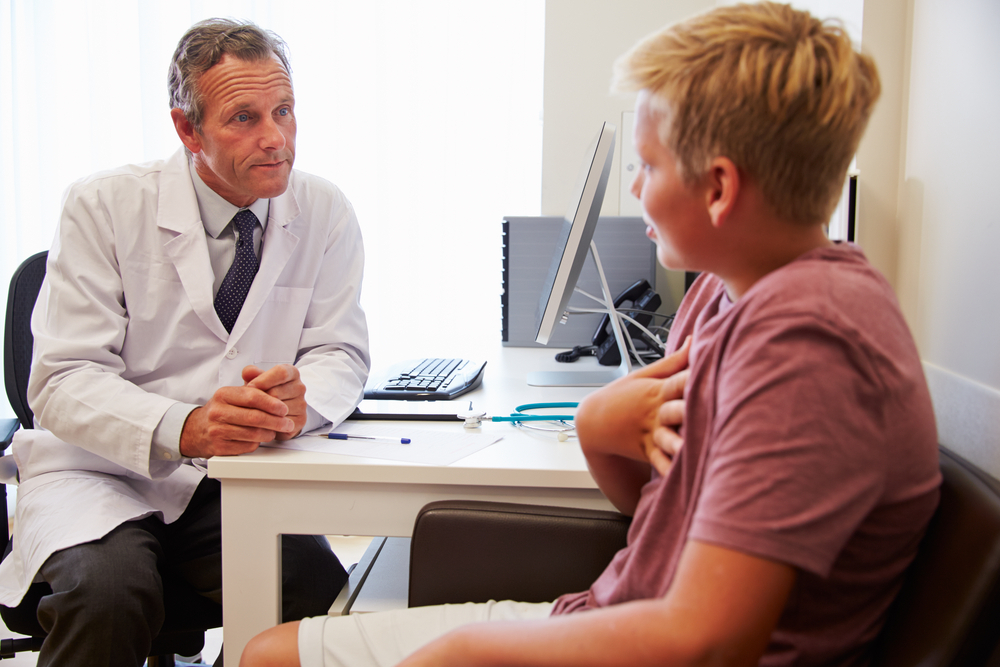
It’s hard to put an accurate number on just how many children and young people have ME. Prevalence rates vary widely, up to as high as 3%.
As a teacher, social worker, doctor or other professional supporting one young person with ME, you have an essential role to play in offering the right support at the right time.
Being led by their needs and agreeing realistic goals with them and their family can help them cope with the challenges presented by ME.
One of the most important things that you can do to support a young person with ME is start from a position of belief, with an understanding of what ME is and how symptoms might affect them specifically - everyone is different.
You can familiarise yourself with impact of ME by looking at the resources in our What is ME? section.
Our resources below offer further guidance for teachers, social workers and health professionals working with children and young people with ME.
Other useful resources include the Supporting children with medical needs flowchart that aims to help schools identify the steps they should take to make sure that children with medical needs receive the right support.
The Health Conditions in School Alliance has a useful free downloadable factsheet on school attendance.
The 2021 NICE guideline for ME offers clear guidance for health and social care professionals on diagnosing and managing ME along with accessing other care and support.
It emphasises how specific considerations/advice must be followed for children and young people with ME.

